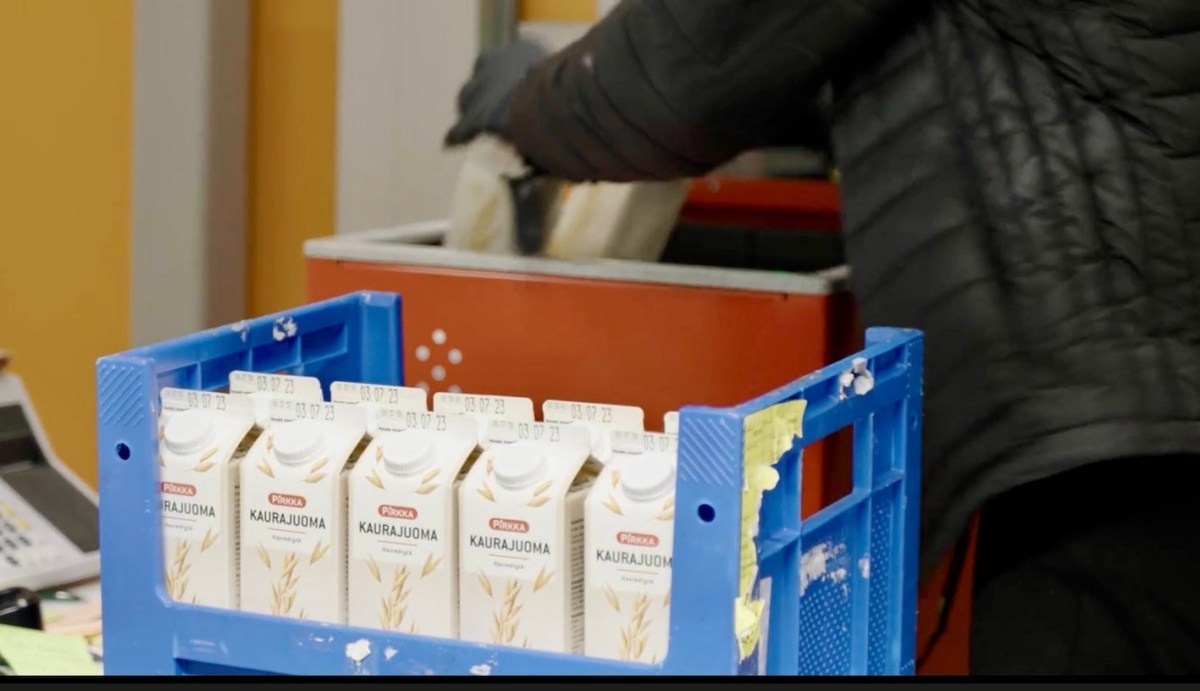The last few years have seen major shifts in the retail landscape, such as the rapid rise of eCommerce, growing demand for a more personalised shopping experience, omnichannel fulfilment options and faster delivery.
Retailers are working hard to stay ahead of the curve as consumer preferences continue to evolve. The retailers who get ahead of the pack are those who invest in the innovation of their warehouses and fulfilment processes.
The online retail environment unpacked
IAB Australia’s latest Australian eCommerce report revealed that between June 2022 and June 2023, Australians spent $53.29 billion on online retail. While this is 5% less than shoppers spent in the previous year, it still accounts for almost 13% of the total estimated retail trade.
Shoppers are spending more cautiously because of high interest rates, rising inflation and rising living costs. However, the same IAB Australia report finds that 32% of local shoppers have increased their use of online shopping, perhaps because online shopping platforms enable them to research products and pricing. In addition, online shopping habits have remained steady over the last two years with 50% of online shoppers continuing to buy groceries and 73% buying non-grocery retail items, at least once a month.
The major driver for online shopping is still convenience. Shoppers are prepared to pay more for a retail offering that helps them manage their costs, adds value and makes their lives easier. This means retailers have to prioritise hassle-free shopping and faster fulfilment, at lower costs.
Retail trends to watch as 2024 approaches
Five key trends that retailers should adopt to stay ahead of the curve in 2024:
- Warehouse optimisation, digitalisation and automation: The integration of digital technology and automation (including robotics, AI and machine learning tools) with space-optimising vertical or cube storage systems, enables retailers to streamline their warehouse processes. Through automation, retailers can also reduce their labour costs and their energy consumption – a saving that can be passed to customers.
2. Enhanced shopping experience: Think personalised shopping, AI-assisted 3D shopping, price comparisons, discounts and more choice. To deliver these benefits to customers, retailers will rely heavily on the integration of digital platforms and automation with their warehouse management systems.
3. Omnichannel fulfilment: The seamless integration of physical retail stores with digital platforms enables retailers to create a consistent retail experience. Having an automated warehouse management system, which accurately tracks stock levels and caters to click-and-collect shopping, is highly beneficial in the omnichannel environment.
4. Same day delivery: Shoppers are demanding the convenience of rapid fulfilment, driving the Direct To Customer (DTC) trend. Retailers are seeking out warehouses closer to customers, and optimising them with vertical storage systems and automation, to allow for faster, more cost-efficient delivery.
5. Return logistics: The influx of returns is an inevitable side-effect of the growth of eCommerce, and it’s one that threatens to take a bite out of retailer profits. Businesses will look to analytics and technology tools that will help them understand why customers return products, with a view to reducing the volume of returns. Having an automated warehouse system in place, which can handle returns accurately and efficiently, is essential.
Achieving a more resilient, profitable retail business
When Finnish online grocer, Kesko, faced a significant increase in grocery orders and needed a solution to increase throughput and enhance operations, it considered the AutoStore Automated Storage and Retrieval System (ASRS), comprising a cube storage Grid and automated Robots.
This is among the fastest available ‘Goods to Person’ systems per square metre – enabling order fulfilment times of less than a minute from order to shipping. At the company’s fastest site, the ASRS presents 12, 000-plus Bins per hour. The system also offers 99.9% picking accuracy.
The ASRS Grid is modular and easily customised to meet the layout of a customer’s floorplan, enabling 90% warehouse space utilisation. Meanwhile, the high density of the AutoStore Grid makes Robot travel distances 25-40% shorter, improving picking speed. These Robots are self-monitoring and energy efficient, utilising about 100 Watts during operation.
As the AutoStore system ticked all the boxes, Kesko replaced its manual order fulfilment system with a fully automated micro-fulfilment centre (MFC), comprising two AutoStore systems, at their Ruoholahti shopping centre location.
One AutoStore system in the MFC is for ambient products and the other is for chilled goods. The ambient grid occupies about 360m2 with 30 AutoStore Robots, 8,305 inventory Bins, 3 RelayPort workstations, and two ConveyorPort workstations for decanting. The chilled grid measures approximately 140 m2 and features 15 Robots, 2,442 inventory Bins, 2 RelayPort workstations for picking, and one ConveyorPort workstation for decanting.
With this solution, Kesko has doubled its daily delivery capacity, reduced its picking staff numbers by 80% and achieved 6-hour same-day delivery. In addition, the retailer is now able to adapt to sudden changes in demand (e.g., holiday shopping) and manage inventory effectively. Not only has the AutoStore solution improved the fulfilment centre’s overall efficiency and throughput, shortening lead times, but it can handle bigger volumes for online orders and has lowered the retailer’s environmental impact.
The flexibility and scalability of the AutoStore systems make Kesko’s operations more resilient, adaptable and productive. Thanks to the streamlined fulfilment process, fast delivery and reliability afforded by this solution, Kesko’s customers are happier. Employees, likewise, benefit from enhanced working conditions. All of this makes Kesko a leading competitor in the market, driving revenue growth.
Jason Wu is business development manager for AutoStore Australia and New Zealand.

